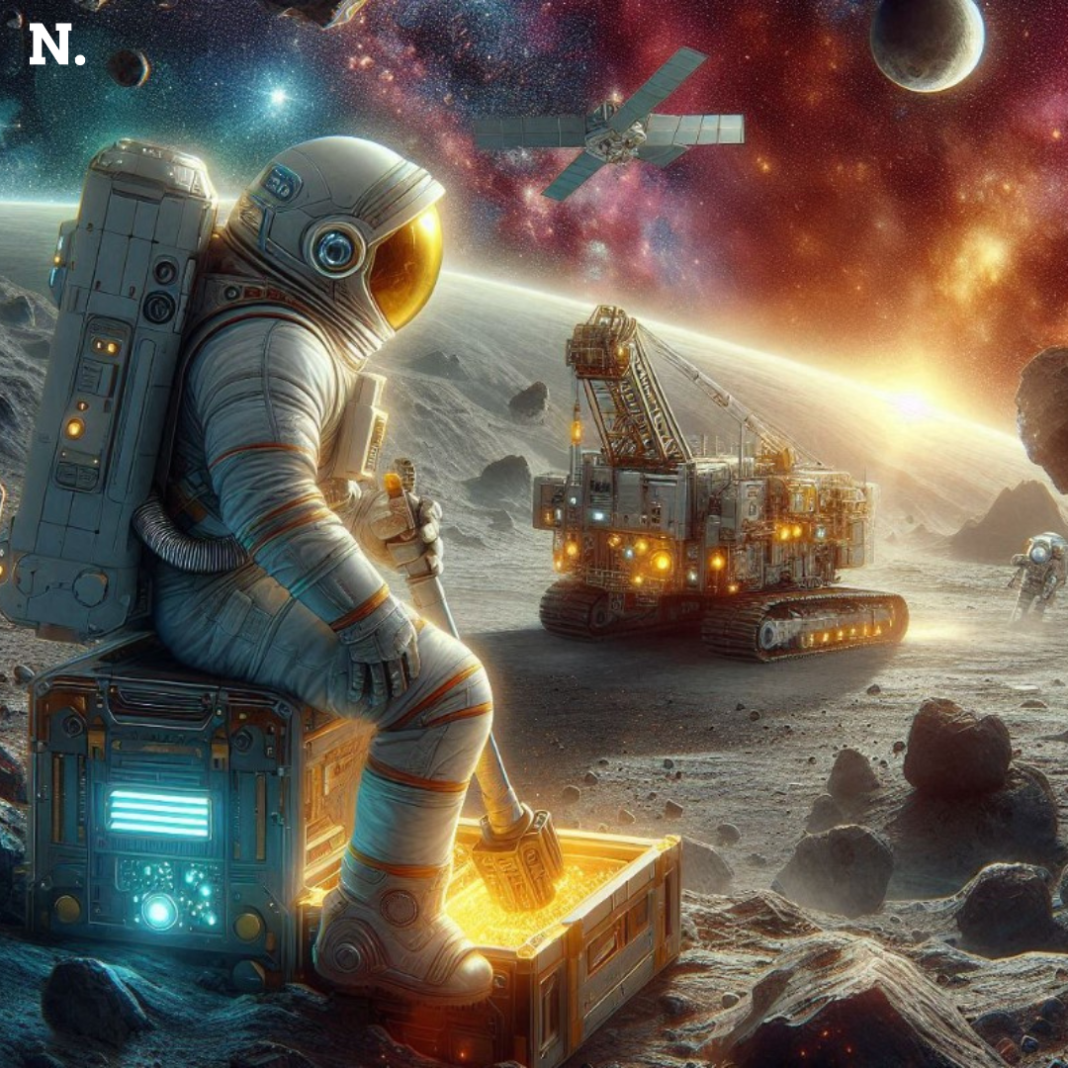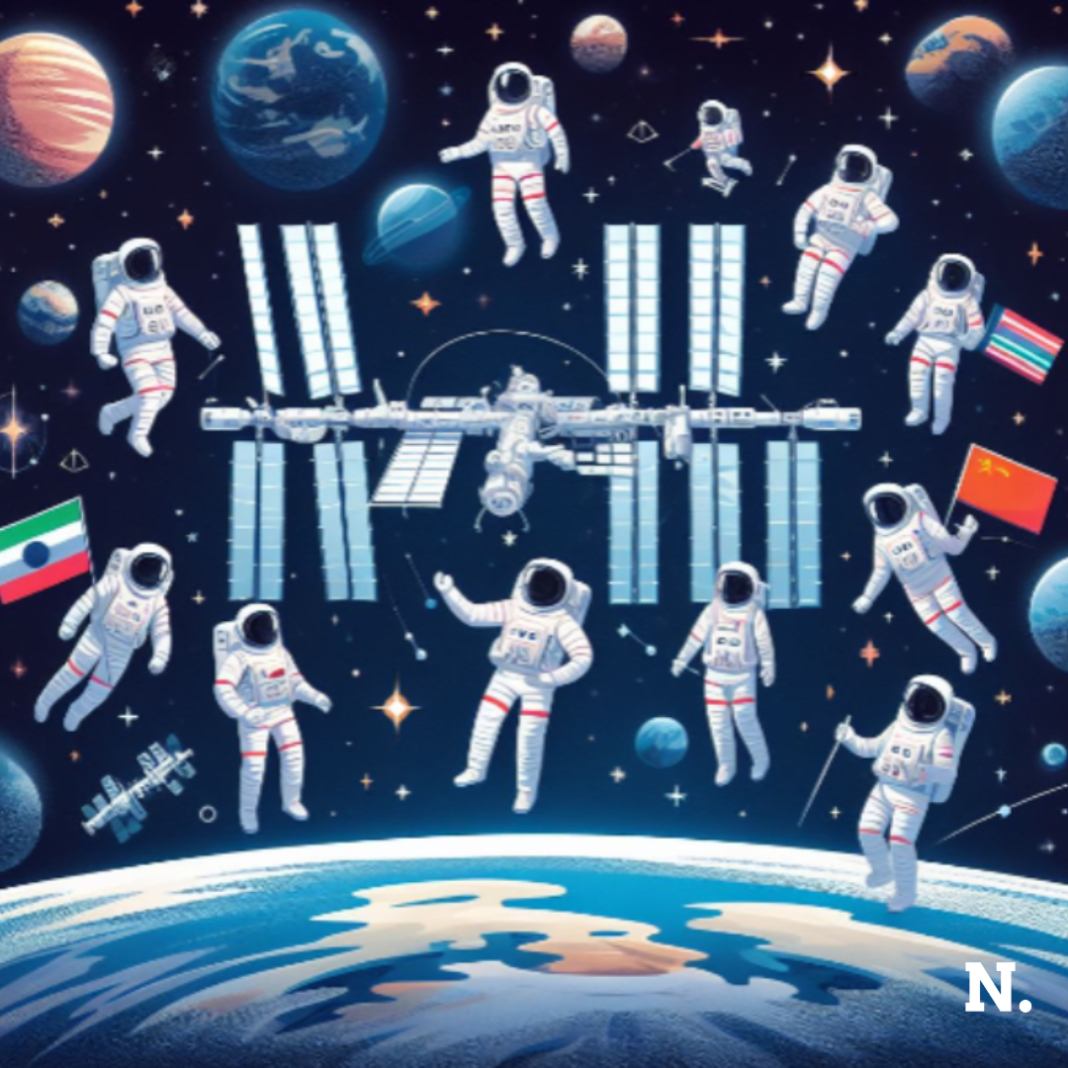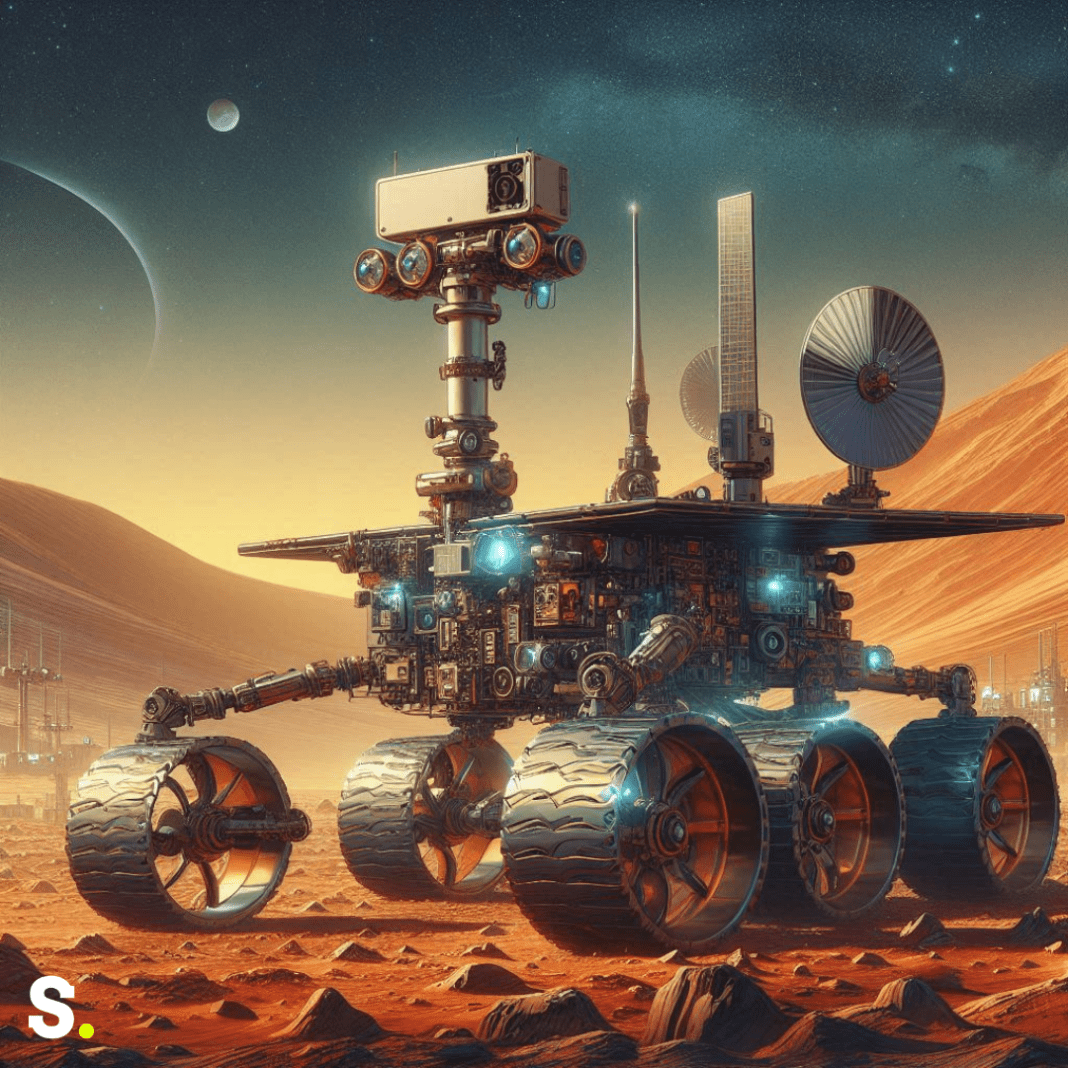Mining is important to develop our supplies and obtain different types of metals. But, there is one little problem… There are limited resources on Earth leading to the shortage of some elements. The shortage results in the prices rapidly increasing. If the prices are high, fewer people can access the products. Researchers from various parts of the globe suggested extracting the elements from celestial objects also known as Space Mining. Mining techniques adapted for space face unique challenges.
Challenges of Space Mining
In the vacuum of space, gravity is absent, making it extremely challenging to place stable machinery for mining operations.
Temperatures are extreme and potentially harmful to earthy technology. Cosmic Radiation and attacks from micrometeoroids are the most dangerous threats.
High atmospheric pressure poses challenges for extracting stones and metals from planetary surfaces. It affects the stability of mining equipment and structures which increases the risk of accidents or damage.
What is the solution?
There is a demand for resources in the market, like metals and minerals. We have to consider how technology keeps improving and making it easier to mine in space. The cost of reaching space and returning. It costs a lot, but in the long run, we might be making more money than we spent. This becomes especially important as Earth’s resources have started running low.
Space mining helps future space missions by building habitats and providing fuel for spacecraft. So, we don’t have to depend on Earth’s limited resources. We can explore space more, space mining gets better due to ongoing research and development.
Robots are important for mining in space. They can handle tough conditions without risking anyone’s life and do repetitive tasks well. They work non-stop, which saves time and money.
Another big idea is using resources we find in space itself. For example, we can get water ice from asteroids or the Moon and turn it into water or fuel for rockets. This means we don’t have to bring everything from Earth, which makes space missions more sustainable.
Conclusion
Developing supplies and obtaining metals is crucial, but limited Earth resources cause shortages and price hikes. Space mining is suggested as a solution, but faces challenges like gravity absence, extreme temperatures, and cosmic threats. High pressure complicates mining on planetary surfaces. Technology advancements make mining more feasible, despite high costs initially. It aids future space missions by providing resources and reducing reliance on Earth’s limited supplies. Robots play a vital role in space mining, minimizing risks and saving time. Utilizing resources found in space itself, like water ice from asteroids, can make missions more sustainable. Ongoing research will improve mining techniques for the future.
“Space mining represents the next frontier of human endeavor, where our aspirations to explore the cosmos meet the practicality of resource acquisition.”
~ Neil deGrasse Tyson




